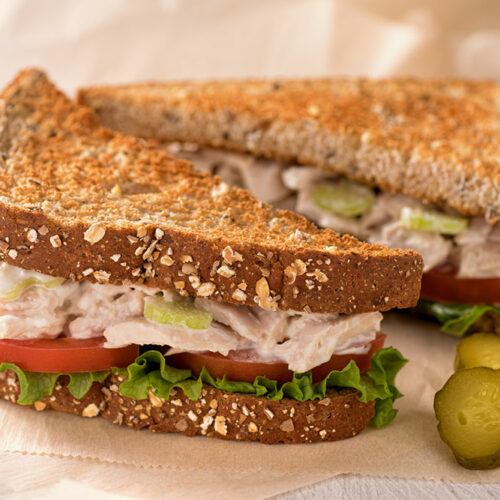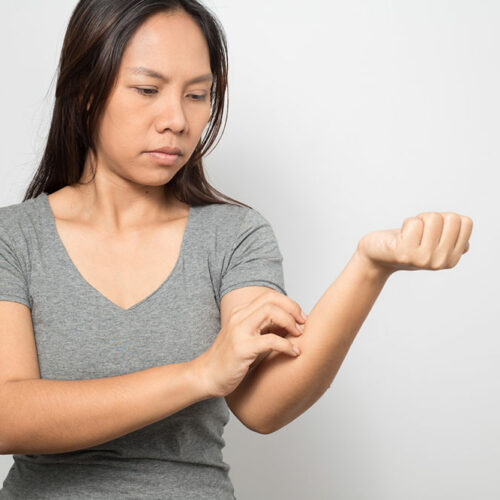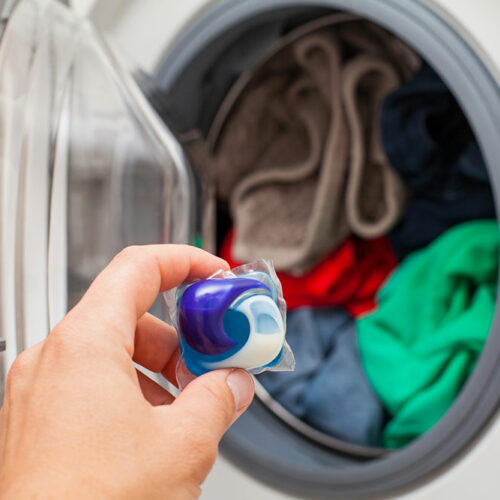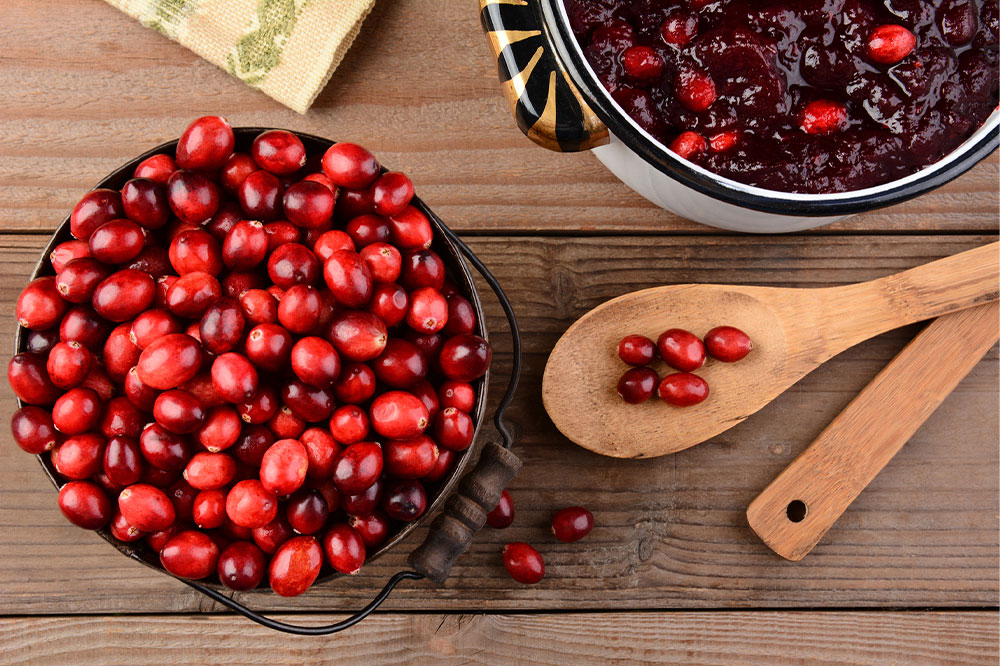A comprehensive guide to the basics of laundry
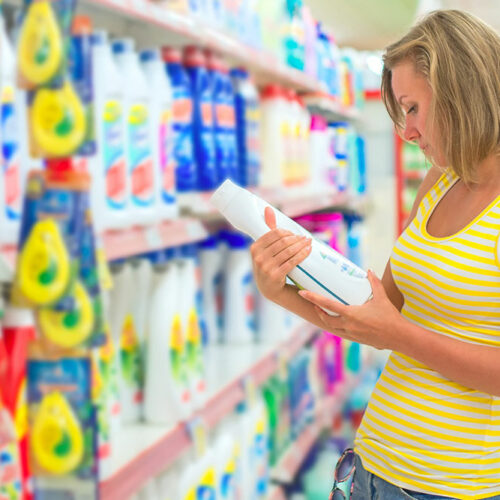
Laundry day may not be everyone’s favorite, but it’s an essential chore that ensures clothes stay fresh, clean, and in good condition all the time. Whether an individual is a seasoned laundry pro or just starting out, knowing the basic do’s and don’ts can make a significant difference in ensuring the longevity and appearance of the garments. Here are some of the fundamental laundry do’s and don’ts to help tackle this household task with confidence. Laundry Do’s Sort through the laundry – Sorting the laundry is a crucial step that helps prevent color bleeding and fabric damage. Separate the clothes into whites, darks, and colors. Additionally, consider sorting by fabric type and level of soiling for optimal results. Use the right water temperature – Pay attention to the care instructions mentioned on the clothing. They often provide guidance on the appropriate water temperature. Use cold water for dark colors to prevent fading, warm water for most everyday items, and hot water for whites and heavily soiled garments. Measure detergent accurately – Too much detergent can lead to soap buildup and may not provide clean clothes. Conversely, using too little may result in ineffective cleaning. Follow the manufacturer’s recommendations on the detergent’s label, and consider the load size.
